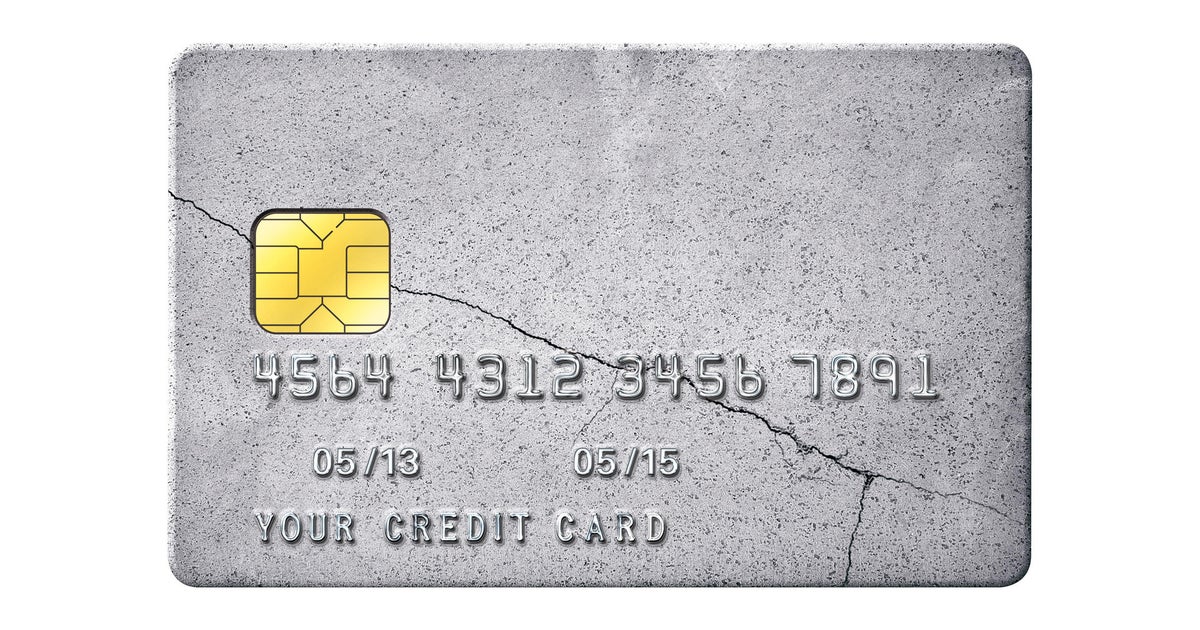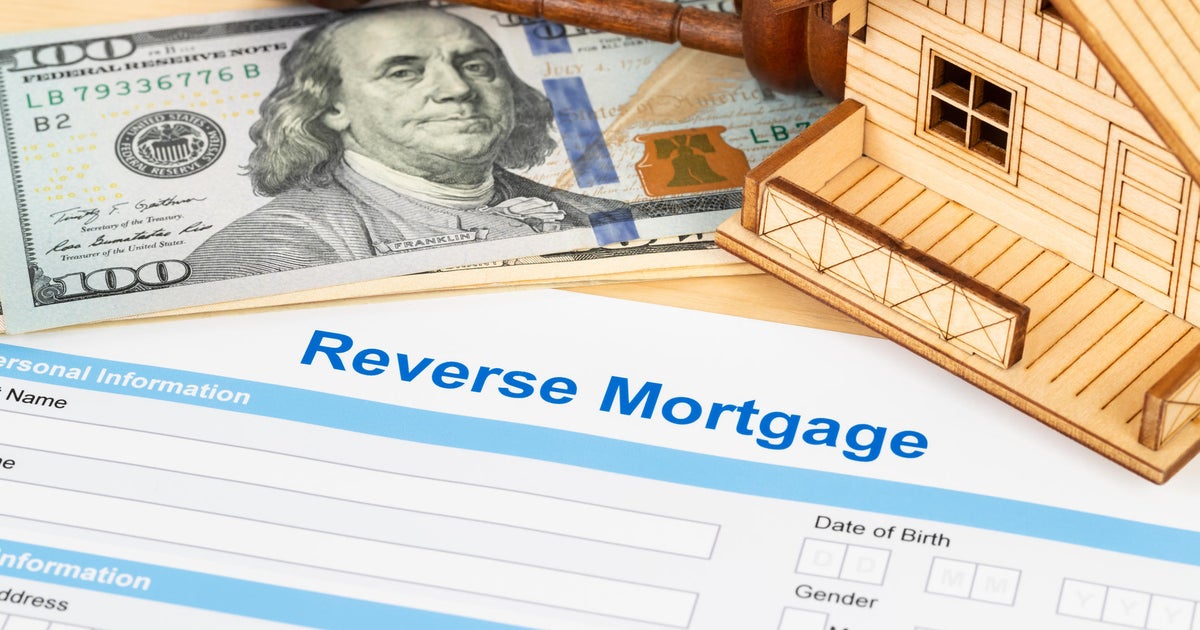HELOC requirements to know
With inflation high and interest rates still rising, many people are looking to budget for big expenses, cover emergencies or otherwise make ends meet. Solutions like credit cards and personal loans often carry high interest rates that can drag down your finances for years. For homeowners, a cost-effective alternative is drawing from the equity they have in their homes.
One way to do this is with a home equity line of credit (HELOC). A HELOC works like a credit card. You receive a borrowing limit and can withdraw as little or as much as you want up to that limit during the first phase of the HELOC. This is known as the draw period, which typically lasts around 10 years. After the draw period, you enter the repayment period, which typically lasts between 10 to 20 years. During this time, you pay back the borrowed amount plus interest, usually at a variable rate.
HELOC interest rates are often considerably lower than credit card and personal loan rates. If you think a HELOC could be right for you, the next step is ensuring you're eligible for one. We'll outline the requirements you must meet to qualify for a HELOC below.
Start exploring your HELOC options here.
HELOC requirements to know
While different lenders have different requirements, these are the common criteria they look for.
At least 15% to 20% equity in your home
Home equity is the amount of money you currently have in your home. Your equity is determined by subtracting your mortgage balance from your home's current market value.
For example, if you bought your home for $400,000 and have paid down $100,000, your remaining balance would be $300,000. Meanwhile, your home's value has increased to $500,000. In this case, your home equity would be $200,000 ($500,000 - $300,000).
To express this as a percentage, divide your home equity by your home's current market value ($200,000 / $500,000 = 0.40) and multiply the result by 100 (0.40 x 100 = 40). In this example, your home equity percentage is 40%.
Check out local HELOC options here to see how much you're eligible to borrow.
A debt-to-income ratio under 43% to 50%
Your debt-to-income (DTI) ratio tells lenders how much debt you already have compared to your income. This helps them determine how like you are to be able to pay them back. Lenders, like Rocket Mortgage, require applicants to have a DTI under 43% to 50%.
To calculate your DTI, add up your monthly debt payments and divide that amount by your monthly income. Then, multiply the result by 100 to convert it into a percentage. For example, if you make $3,000 a month and pay $1,000 toward debt each month, your DTI would be 33%:
- 1,000 / 3,000 = 0.33
- 0.33 x 100 = 33%
A good credit score
If your credit score is in the low 600s then you likely won't qualify for a HELOC. Borrowers who qualify for the best interest rates have scores above 700. So, if your credit score is low, you're better off working to improve it before applying for a HELOC. This will not only make it easier to qualify, but it will also help you secure the best interest rate.
Sufficient income
You'll need to prove you make enough money to repay your HELOC. To do this, you may be asked to provide documentation such as paystubs and W-2s, typically for the past two years.
If you think you could benefit from taking out a HELOC, check out current rates here.
A strong payment history
Your payment history is another way lenders determine how likely you are to repay them. But remember, history is only part of your credit score, which means you could have a decent credit score despite missing some payments. However, lenders often look at your individual payments to see how often you miss any.
The bottom line
The criteria above are set by lenders to determine whether they'll benefit from giving you a HELOC. But they can help you, too.
If you fall significantly below these requirements — for example, your DTI ratio is high and your credit score is low — chances are you're looking to take on more debt than you can comfortably afford. It's wise in this situation to focus on boosting your credit score, building your home equity and increasing your income (consider a passive income stream). This will put you in the best position to get a HELOC at a rate you can afford.




